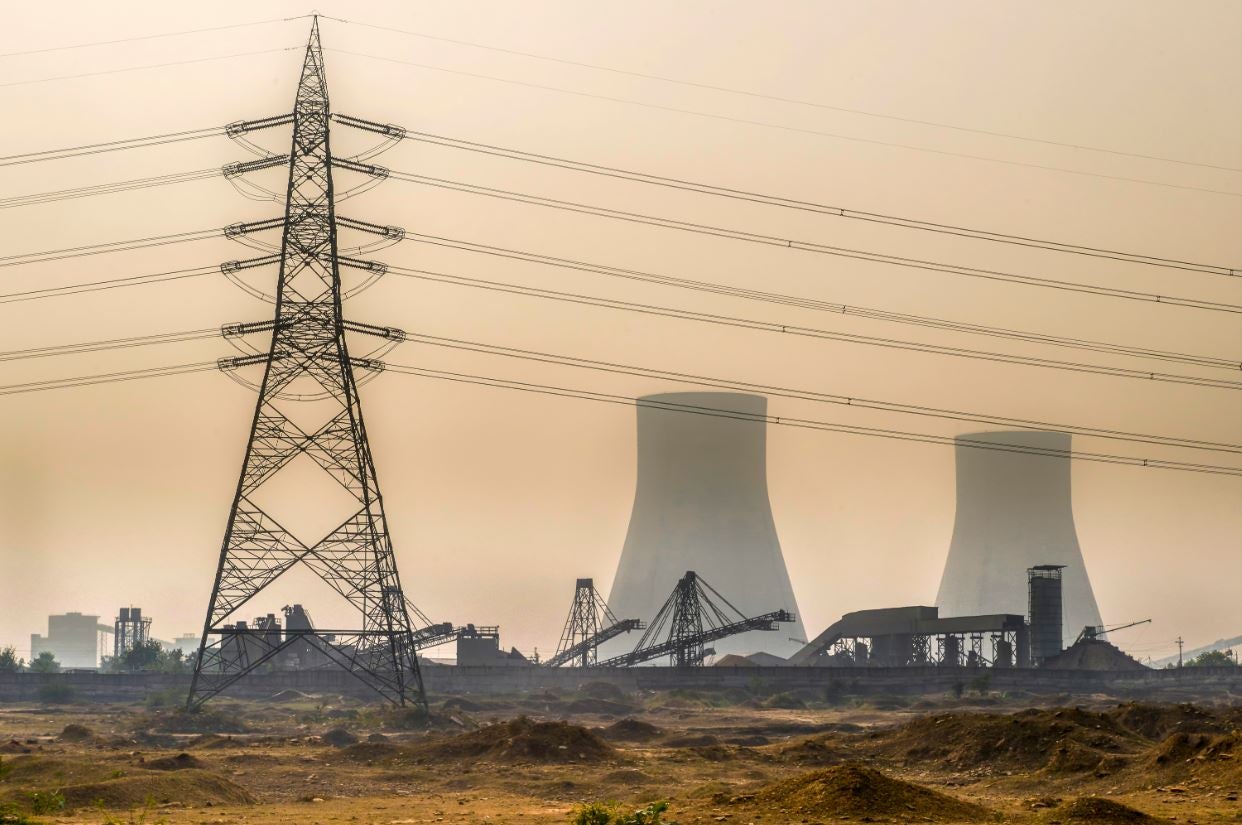
Indian coal production could be set to increase, as power company NTPC has drawn up plans to expand its coal operation in response to another year of huge growth in energy consumption.
The state-owned utility provider has sanctioned the construction of 4.5GW worth of coal plants across a trio of locations. This is part of a concerted effort by the Indian government to increase domestic coal production to cope with a rise in electricity demand.
In February, government statistics showed an increase of almost 13% in India’s energy usage across the previous 12 months, far above what was predicted.
This might be attributed both to an increase in activity post-covid, as well as climate change necessitating further consumption. In India the demand for air-conditioners has been climbing rapidly, per the Financial Times.
India’s carbon future
Despite recent decarbonisation pledges, the Delhi government has been increasing the importance of coal in its future-plans. Last year, NTPC ordered the construction of another coal plant, after six years of no new coal facilities.
Last year India’s Central Electricity Authority (CEA) told the government it expects year-on-year growth in electricity consumption of 7.2% over the next five years. It has already planned a massive increase in coal capacity over that period, of which this is the first step.
Meeting this energy demand with coal will cast major aspersions over the country’s climate commitments. Coal already accounts for 75% of electricity generation in the country and at COP26, Prime Minister Narendra Modi pledged to reduce India’s reliance on non-renewable energy to 50% of the total energy supply by 2030.
His efforts to increase coal production come not just to meet demand but reduce reliance on foreign imports. Yet the new coal projects threaten to undo the good will generated by the climate targets, for which he was roundly praised at the same conference.
The Global Energy Monitor stated earlier this year that retirements of coal plants must happen 4.5 times faster in order to meet clean energy targets. Coupled with China’s planned increase in capacity, India’s latest moves could prove a significant obstacle to global climate goals.




